TV's Disappearing Girls
Gender non-conforming girls keep disappearing from TV. Where are they going?
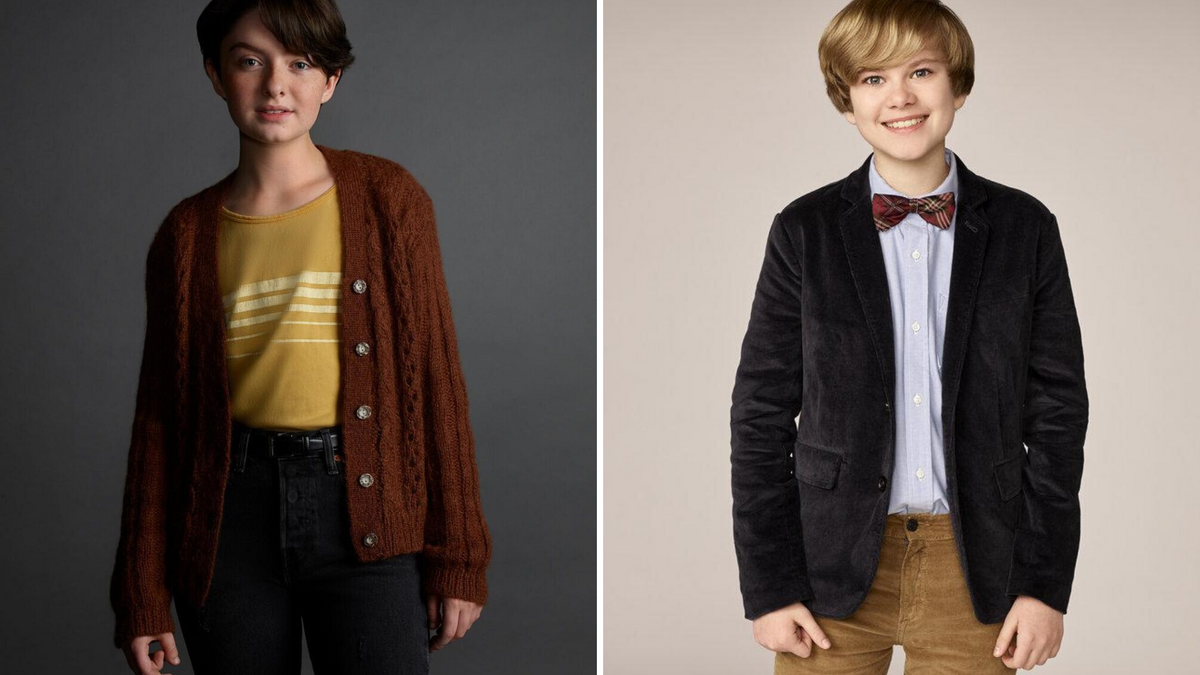
This article contains minor spoilers for The L Word (2004), The Chilling Adventures of Sabrina, Good Girls, and The Mick.
Blink and you’ll miss them. Gender non-conforming girls, already a rarity on TV, are disappearing. Although TV has become infamous for killing off lesbian characters in a trope known as “Bury Your Gays,” TV’s gender non-conforming (GNC) girls are now being disappeared in a new way entirely: by turning them into boys.
While the problem is a relatively new one to face child characters on TV, the trend arguably started in 2006 with one of TV’s most controversial characters: The L Word’s Max Sweeny.
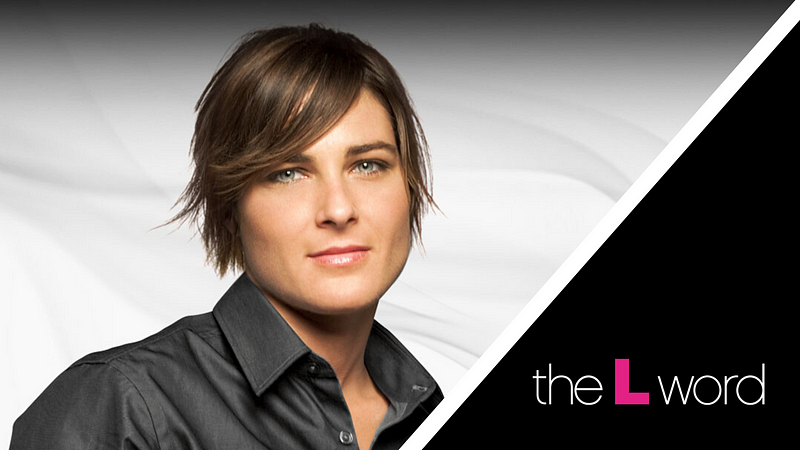
Max, played by Daniela Sea, was originally introduced as Moira, a butch lesbian who stood in contrast to The L Word’s femme, lipstick lesbians. Moira was groundbreaking. While most of The L Word portrayed lesbians in the way men might imagine them to be — tall, skinny, rich, sexy, and, most importantly, feminine, Moira was a breath of fresh air. Even lesbian heartthrob, Shane (Katherine Moennig), known for her boyish androgyny, still toed the line of acceptable gender performance.
Moira was different. She was truly butch, portrayed as coming from a lower-class compared to the other women, and occupied a traditionally male job where she faced sex discrimination (in tech). When Moira transitioned to Max, TV lost perhaps the only visibly GNC lesbian on TV at the time. While, yes, Max was still biologically female, Max was suddenly portrayed as having gained male privilege (she got the programming job she was denied when presenting as a woman), and her sexuality changed, too — she suddenly started dating men. The L Word trans-ed the gay away before it was cool. Fourteen years later, the consequences for GNC girls on TV would be felt.
The Chilling Adventures of Sabrina is a campy, girl-power, demon-hunting show in the vein of Buffy the Vampire Slayer. But, while Buffy was groundbreaking in its portrayal of lesbians, Sabrina falls short where its ancestor excelled.
Season one of Sabrina introduces viewers to Susie Putnam (played by Lachlan Watson), a young lesbian who is being bullied at school by the jocks. At one point, the boys beat her up, including bloodying her lip, and sexually assault her — lifting up her shirt to see her breasts. She wants to play basketball but is initially rejected because the school only has a boys’ team. Susie is also visibly gender non-conforming, wearing her hair short and traditionally “boys” styled clothes. It’s clear that living as a GNC girl, especially a lesbian, is deeply painful for Susie — and it’s no wonder given what she goes through that she wants to escape girlhood.
Soon enough, Susie transitions — first to “nonbinary,” and later to a boy. She goes by “Theo” now.
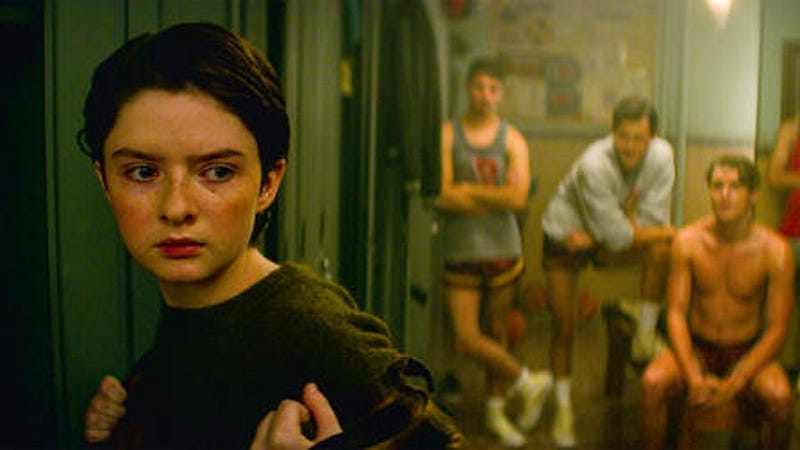
It’s clear that Susie suffers from body dysmorphia, like many other young women who feel the pain of living with a female body in a world that hates them. Theo expresses a desire to physically transition, including removing her breasts (the ones the boys sexually assaulted her to see). In a magic fever-like dream, Theo even expresses a willingness to cut off her own arm in exchange for looking like more a boy. While this doesn’t end up happening, the pain and desperation to escape her female body that Theo feels are hard to watch. She deserved better, as do the many young girls who are being told by TV that being a gender non-conforming girl is not okay and that the only escape is to transition.
The treatment of Susie/Theo on Sabrina stands in stark contrast to its often quixotic feminist messaging. The show has been earnest, and even heavy-handed, in its patriarchy-toppling attempts. At the end of Season 2, an army of women literally takes over Hell from Satan, appointing mythical feminist icon and scapegoat, Lilith, as the new Queen of the Underworld. But the women who succeed in the magical world of Sabrina are those who play by the real-world’s gender rules. Sabrina is a teenage bombshell. Her nemesis-turned-ally, Prudence, is a high-femme powerhouse. Lilith, though much older than the high school girls, is unabashedly sensual. There’s nothing inherently wrong with femininity, but, under patriarchy, it is both devalued and forced on women if they wish to avoid a worse fate — like the fate of Susie, to have her womanhood erased despite being one of the show's prime targets of sexism. Sabrina tells young viewers that the only way to succeed as a woman is to succeed at femininity. Otherwise, you must be a man. This crude retelling of the gender-essentialist narrative that second-wave feminists fought to overcome is clearly incredibly harmful.
The pattern of trans-ing away young GNC girls is most common in shows with a strong feminist bent, undoubtedly due to pressure to gain “woke points” among the liberal feminists that support these narratives. This, ironically, has the impact of driving more serious feminists away from shows we should be able to enjoy. NBC’s Good Girls is just another example of this.
Good Girls features a visibly GNC 11-year-old girl, Sadie (portrayed by Isaiah Stannard) and, by the second episode, I knew what was coming. GNC girls are not allowed. It was only a matter of time before Sadie would be trans-ed. Sure enough, Sadie comes out in the second season, stating simply that she is a boy. In response, Sadie’s mom replies, “I always wanted a boy!” — an incredibly disturbing response which demonstrates the preferential treatment boy children are given in society. It’s also no wonder that Sadie comes out immediately following the birth of her new half-brother, who has been a major source of drama and attention for the three parents in Sadie’s life.
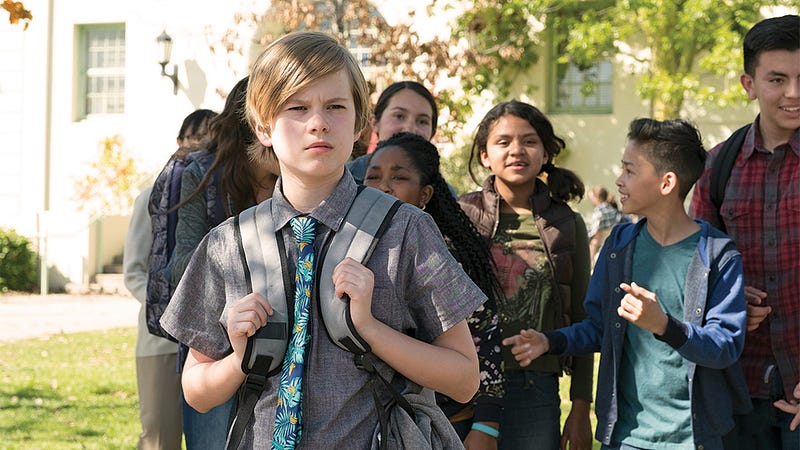
Pink News celebrated the character coming out, stating, “The show has been exploring the character’s gender identity for some time, but took a major step in deciding to have the character come out as trans.” This isn’t true, though. The show portrayed Sadie as being gender non-conforming. She had short hair, preferred wearing boys' clothes, and didn’t want a bra that was “too girly.” Unless gender identity is rooted entirely on sex-stereotyping (spoiler: it is), none of these behaviors have anything to do with the character’s “gender identity,” or internal sense of whether they are male or female, as Pink News claims.
The article goes on to quote Good Girls creator Jenna Bans, “We realised we had a really great opportunity to tell a story about a character who was gender non-conforming,” she said in an interview to Variety. Yet, Good Girls doesn’t tell the story of a GNC character. By claiming that Sadie, who dressed boyishly, is really a boy — they are conforming exactly to gender roles.
The Variety article makes multiple contradictory statements such as these, demonstrating the most obvious flaws in gender identity logic:
“Kids who choose clothing or activities that express a gender other than the one assigned to them at birth are not necessarily questioning their gender identity.”
Really? Then why are the GNC girls on TV always the ones who are trans-ed later on? Why aren’t feminine-presenting girls like Sarah (Ruby’s daughter) or Jane (Beth’s daughter) trans? Why isn’t Sabrina or Prudence trans? The truth is obvious: for gender non-conforming youth suffering under patriarchy which makes them hate their bodies and tells them that they are doing “being a girl” wrong, trans is the clearest way out. Women are especially likely to be targeted for violence and discrimination based on gender non-conformity.
Interestingly, boys on TV don’t seem to be getting the same treatment. The Mick features a seven-year-old boy named Ben (played by Jack Stanton), who enjoys dressing in feminine clothes. His aunt takes advantage of this to get him into an all-girls school. Yet, Ben isn’t forced to forgo his boyhood in order to gain this acceptance. “He’s not transgender,” his sister says, “He just likes to wear girls’ clothing. If anything, he’s genderfluid.” Of course, most kids fall somewhere between hyper-feminine and hyper-masculine. If we lived in a world without patriarchal gender roles, we could probably expect what we now consider “gendered” personality traits to follow a mostly normally-distributed curve, similar to most other human personality traits. Of course, that is not the world we live in, and most children face immense pressure to conform to gender norms.
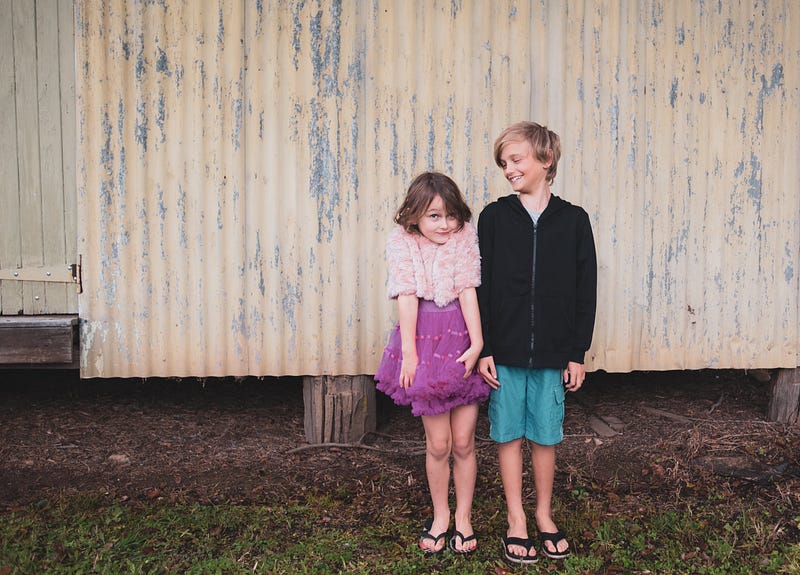
It’s unclear if this media representation is a result of the rising number of trans-identifying female youth, or if it’s helping fuel the trend — likely, it’s both. In 2017, shortly before both Sabrina and Good Girls came on-air, Slate reported that youth gender clinics were seeing a sharp uptick in female patients compared to previous years. About two-thirds of children looking to transition are now females.
This is particularly worrying because many children grow out of identifying as trans — the research is debated, but it appears that anywhere between 65 to 94 percent of trans-identifying children eventually desist (stop identifying as trans). Many turn out to be gay. The stories of these desisters are largely ignored or intentionally silenced in the mainstream gender debate. To my knowledge, there has never been a desister in a mainstream TV show. The narratives that make it onto TV are sexist and one-sided, but this isn’t exactly new.
While gay and lesbian characters on TV are more prolific than ever, the treatment of GNC girls, in particular, has to change if we ever want to see real representation on TV. Real-life women of any sexuality come in all range of packages. Showing a GNC female character, especially a lesbian, who boldly owns her womanhood while defying gender roles would be truly radical.
The generous support of our readers allows 4W to pay our all-female staff and over 50 writers across the globe for original articles and reporting you can’t find anywhere else. Like our work? Become a monthly donor!
Enter your email below to sign in or become a 4W member and join the conversation.
(Already did this? Try refreshing the page!)



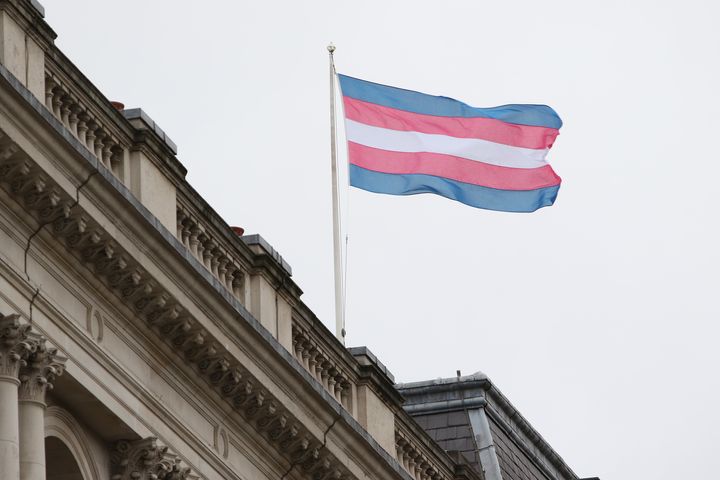
Comments